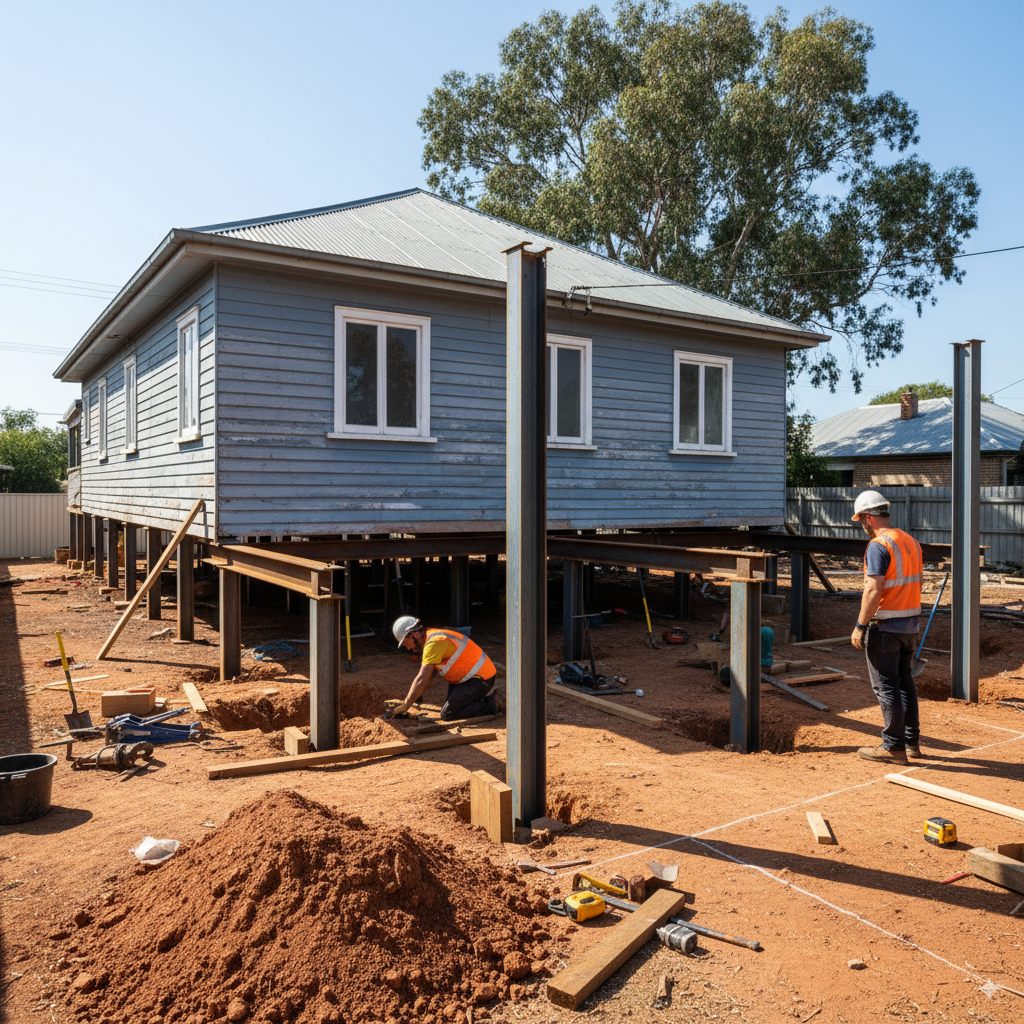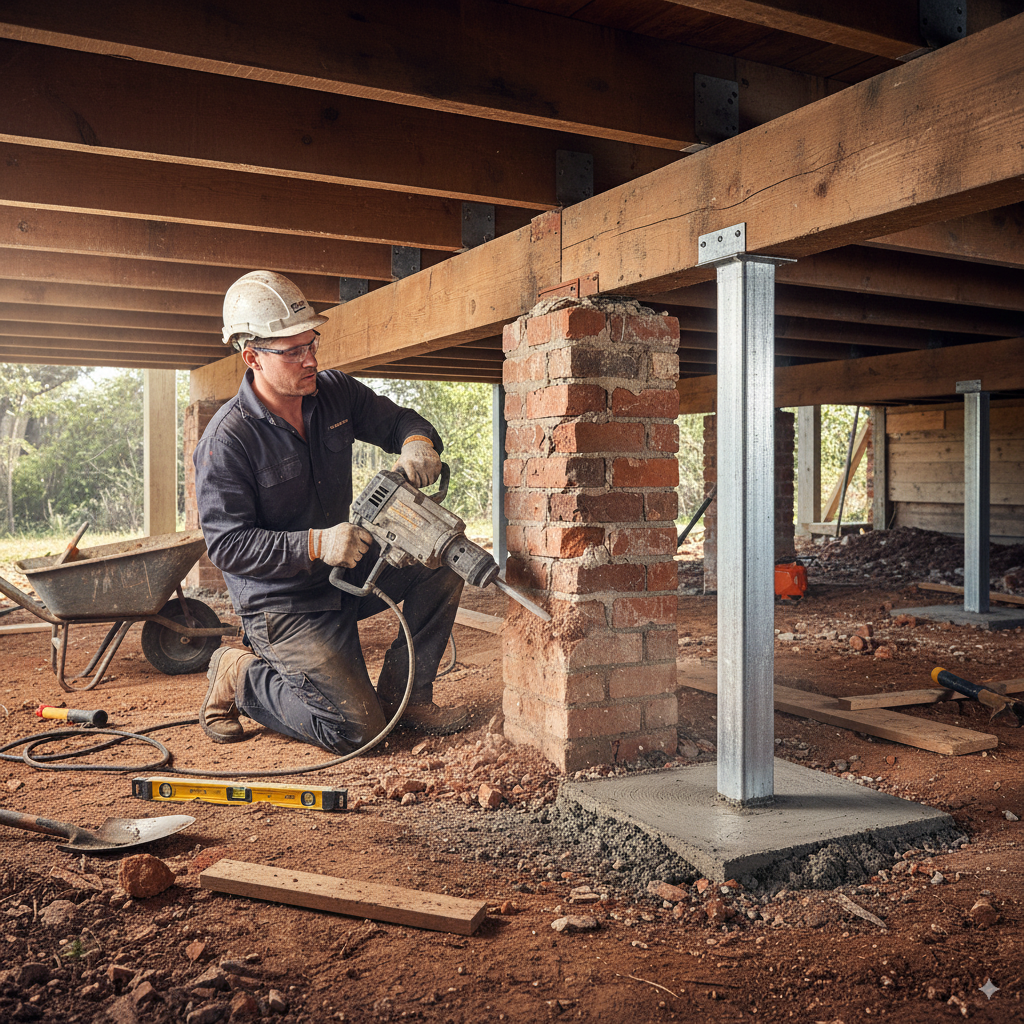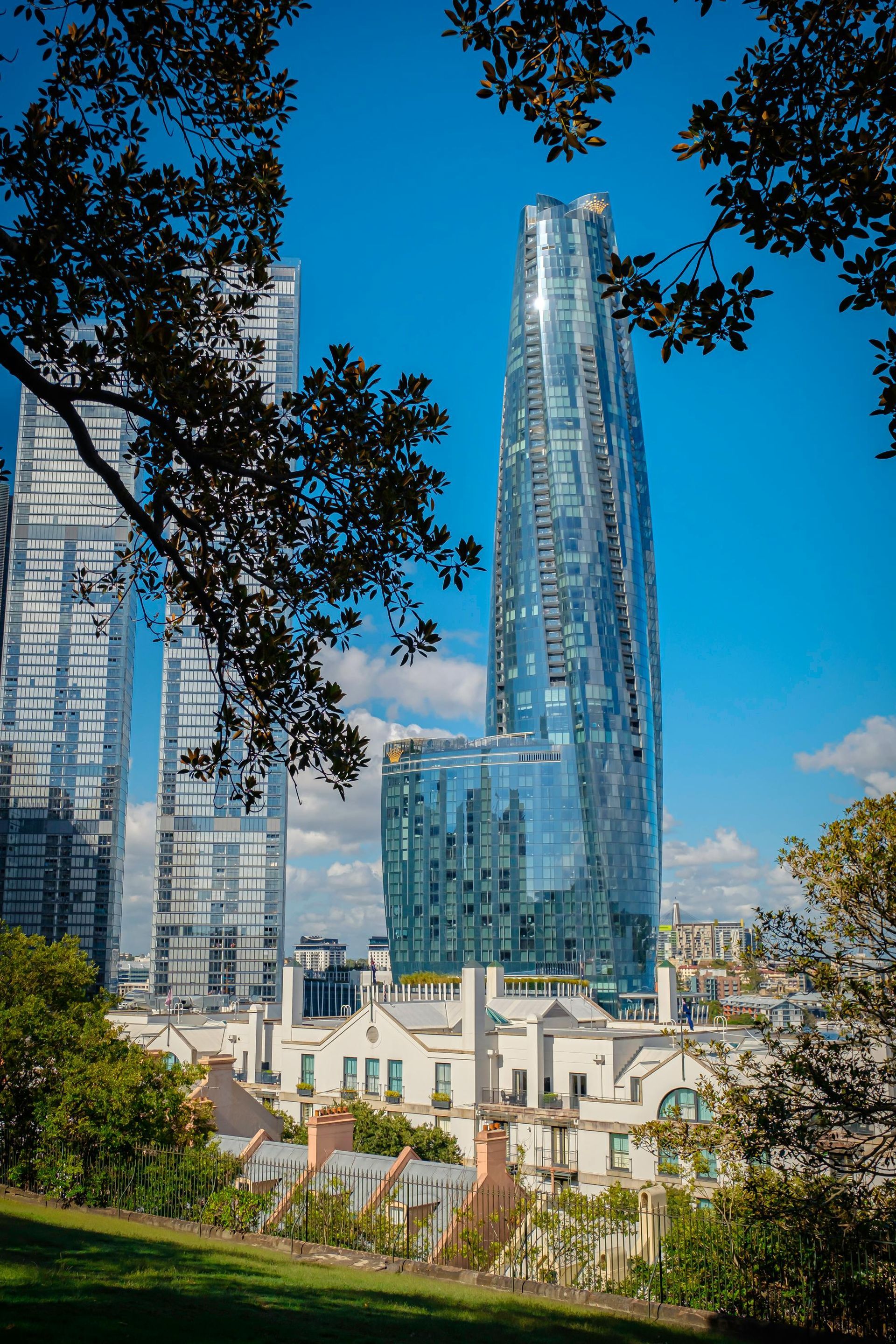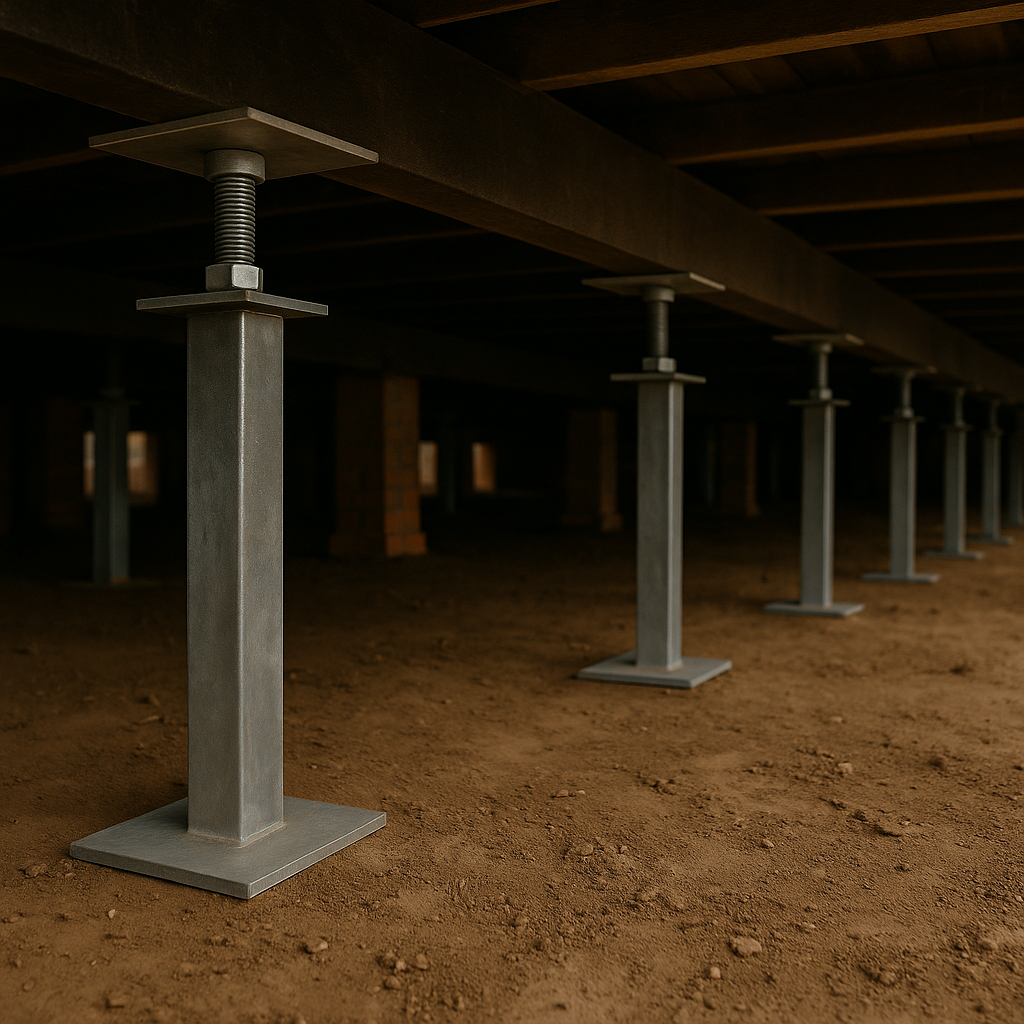Sydney’s Top Relevelling Mistakes – And How to Avoid Them

Sydney’s Top Relevelling Mistakes – And How to Avoid Them
Relevelling your home is one of the smartest things you can do to protect your property’s structure and value. But when it’s not done right, it can lead to more damage, costly repairs, and a whole lot of stress.
We’ve seen it all across Sydney — rushed jobs, patch-up fixes, and well-meaning DIY attempts that just didn’t work. So here’s a breakdown of the most common house relevelling mistakes, and how to avoid them if your home has uneven floors , failing stumps, or signs of movement.
1. Ignoring Early Warning Signs
One of the biggest mistakes homeowners make is waiting too long to act. What starts as a slight floor slope or hairline crack can quickly turn into serious structural damage.
What to do instead: If you notice signs like sticking doors, wall cracks, or bouncy floors, get a professional structural levelling inspection early. It’s usually cheaper and simpler to fix before things get worse.
2. Choosing the Cheapest Quote
We get it — levelling a house isn’t pocket change. But going with the cheapest quote often means shortcuts, inferior materials, or unqualified contractors.
What to do instead: Always check the contractor’s experience, ask what materials they’ll be using (steel vs timber stumps, for example), and make sure the quote includes everything — not just a “starting price”.
3. Not Fixing the Underlying Cause
Relevelling without fixing what caused the movement in the first place is like painting over rust. You’ll be dealing with the same problems again in a few years.
What to do instead: A good house relevelling Sydney contractor will look at drainage, soil conditions, termite risk, and subfloor ventilation before doing the work. If these issues aren’t fixed, movement will return.
4. DIY or Unlicensed Work
This is a big one. Relevelling involves lifting your home and dealing with its structural integrity — not something to take lightly. DIY jobs often result in uneven loads, new cracks, or even unsafe living conditions.
What to do instead: Always hire a licensed and experienced contractor who specialises in floor levelling and structural work. They’ll have the right gear, insurance, and know-how to do the job properly and safely.
5. Forgetting About Council or Engineering Requirements
Some levelling jobs — especially those involving major restumping or underpinning — need approval or certification. Skipping this can lead to legal headaches later on, especially if you plan to sell the home.
What to do instead: Make sure your contractor provides a compliance certificate or engineer’s report if needed. It’s worth having the paperwork, even if it’s not strictly required for your job.
6. Not Getting a Post-Work Check
Relevelling isn’t just about jacking the house and walking away. The home needs to be checked after the job is done — inside and out — to ensure everything is back to normal.
What to do instead: After your levelling work, make sure the contractor checks floor levels, door function, wall movement, and drainage. If anything’s out, it should be corrected on the spot.
7. Delaying Repairs After Levelling
Once the house is levelled, some minor cosmetic cracks may still need patching. But don’t wait too long — gaps and cracks can let in moisture or pests.
What to do instead: Book in any follow-up repairs within a few weeks of the levelling job. A good contractor can advise you on what needs fixing and what might settle naturally.
Avoid the Headaches — Do It Right from the Start
At Sydney House Leveling, we believe in doing things properly — no shortcuts, no guesswork, and no surprises. Whether your home needs full house relevelling , partial restumping, or expert advice, we’ll give you honest guidance and solid results that last.
We offer:
- Free onsite inspections
- Upfront, all-inclusive quotes
- Licensed and experienced structural pros
Let’s get your home back on level ground — without the mistakes.









